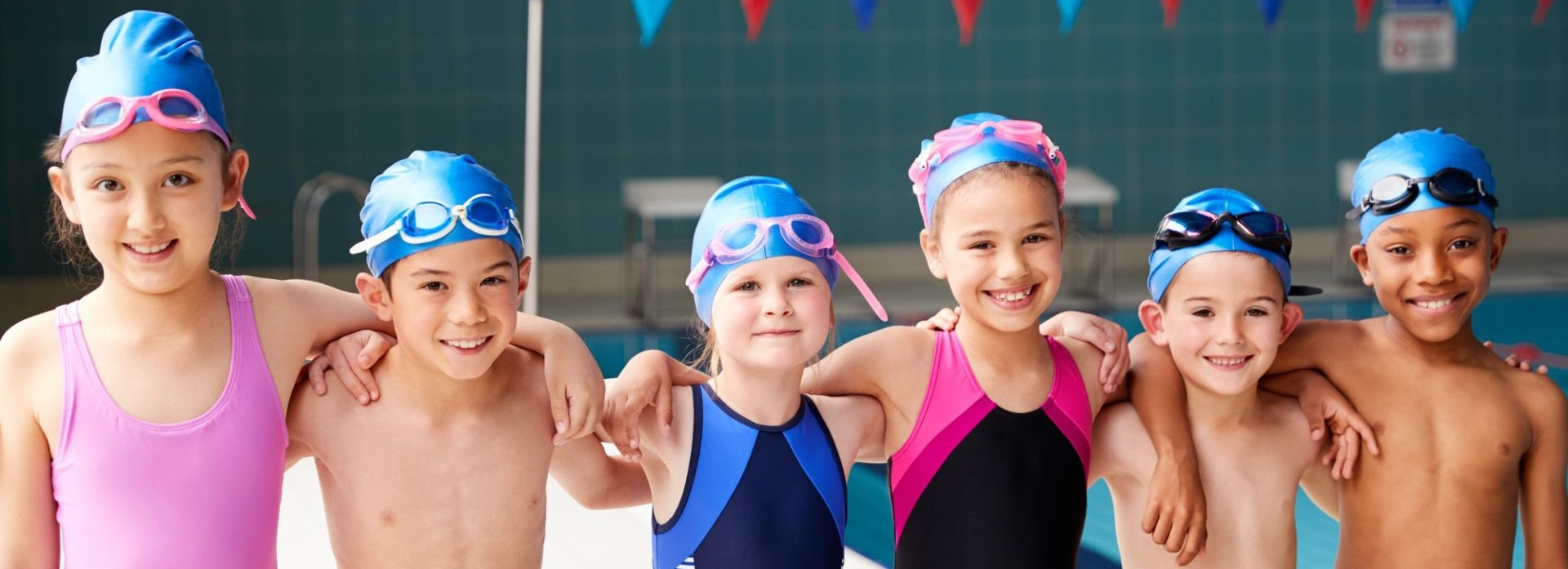By Nathanael Levi Najarian
The thought of childhood drowning can often be so disturbing that we avoid even thinking about it, let alone discussing it. However, there is no denying the statistic that drowning is the number one cause of accidental death among children between the ages of one and four years old in the U.S., a statistic that is particularly important for beach communities in Southern California. Communicating to our children the importance of pool and water safety is not optional. The question is not IF we should be having this conversation with our children but HOW.
Be Candid and Truthful
Candid need not be scary. The point of the conversation is to communicate safe and unsafe ways to navigate pools, ponds, lakes, and oceans. We want to engender in our children a healthy respect for the water, not fear. Discussing the nightmarish details of drowning is not necessary to convey the message that the water can be dangerous. Using facts instead of emotionally charged stories can help to educate our children on how to safely enjoy the water instead of simply avoiding it. Present age-appropriate statistics from credible sources such as stopdrowingnow.org or ndpa.org (National Drowning Prevention Alliance). Convey common places that drownings and near-drownings can occur to help your children understand that being around a backyard pool or pond requires just as much caution as being around the bay or on the beach. Drowning can happen quickly which is why it is important for children to always have an adult present.
Be Specific
What specific rules does your family have? If you have a backyard pool or pond, even if it is fenced in, are your children allowed to be outside without an adult? If you regularly visit the beach or the bay, are your children allowed to be away from your side and how far are they allowed to go? Keep these rules memorable and short so that your children and more likely to understand and remember them. When you visit a water park or take a ride on a boat, what new rules need to be stated before the trip? The water can be an enticing and exiting place for kids so make sure to review your family rules before the water is in sight.
Get Started in a Swim Class
There is no substitute for active adult supervision. Children can drown in as little as one inch of water. Even a bath requires constant attention. Fences, safety gates, and pool/door alarms can help prevent accidental access however, having the ability to swim is a line of defense that routinely helps to save lives. Water safety is not seasonal. When choosing a place for swim lessons, do your research to ensure that the school shares your philosophy on water safety.
It is never easy to speak with your children about drowning, but it is critical that they understand the risks and what they can do to be safer in and around the water.





